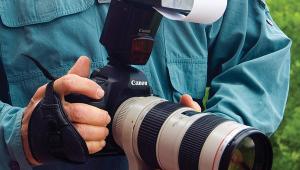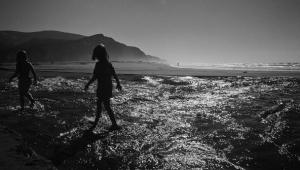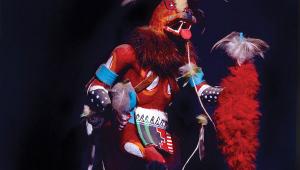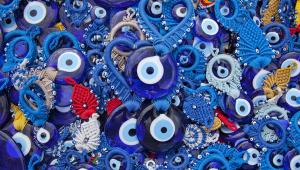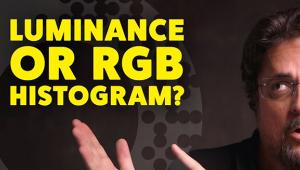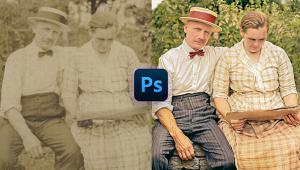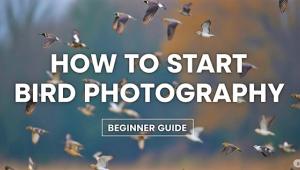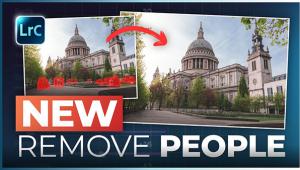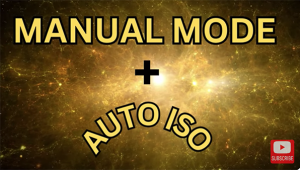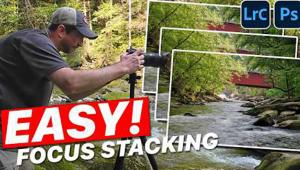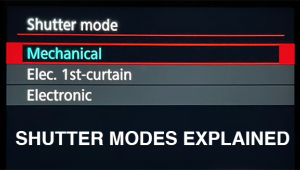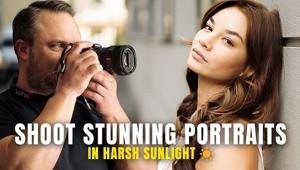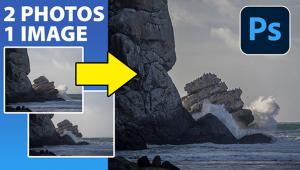Seeing Pictures: Lighting’s Influence On Composition
Seeing Pictures: Lighting’s Influence On Composition
Directional Light And Shaping Shadows
by Jim Zuckerman
Lighting can have a unique effect on composition. By highlighting certain areas of a picture with front lighting, sidelighting, or backlighting, the play of light and shadow can create compelling graphic designs, interesting shapes, and striking patterns of color. Light can direct our attention to certain areas of a picture, and it can help define the shapes of subjects with rim lighting and trans-illumination (light coming through translucent subjects like leaves and fabric).
The Power Of Silhouette
Silhouettes are a prime example of light’s direction having a profound influence on composition. Two tribal dancers in the Indian state of Nagaland are silhouetted against the distant mountains (#1). Notice how the lighting on the background underscores the artistic graphic forms of the dancers. The lighting didn’t create the composition per se, but it influenced it by making the shapes of the two men much more pronounced. In the same way, I used the lighting from a refrigerator to create a semi-silhouette of a model during a stock shoot (#2). The composition consists mostly of the graphic design of the young woman’s legs.
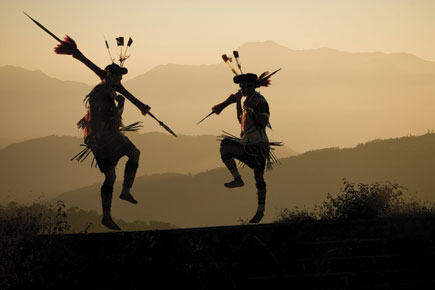 |
|
|
 |
|
|
Light Creates The Picture
On the other hand, the light can virtually create the composition. Without the low angled sunlight dramatically defining the ridge of the dune from the side (#3), that compositional element would hardly be noticed. Had this landscape been lit from the front, it would be a very different type of composition; it wouldn’t be nearly as dramatic. In post-processing, I added contrast using Image>Adjustments>Levels in Photoshop to emphasize the land forms. In color, you can create similar impact, although I didn’t make the shadows as black because the lighting helps define the shape of the foreground tree as well as the dune (#4).
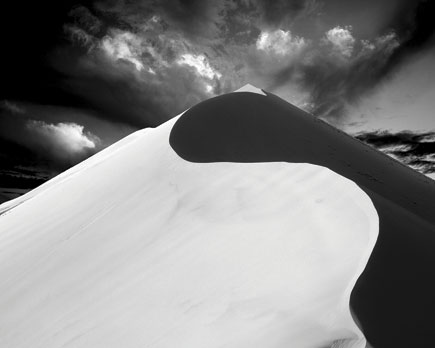 |
|
|
 |
|
|
Light Directs The Eye
A very different way to use light in compositional terms is to use it to focus attention on a subject. Just like a leading line draws your eye to important parts of a picture, light can do the same. The center of (#5) Cuzco, Peru, is the focus of our attention because it really stands out in contrast to the much darker twilight environment. Lighting also directs our eye to the dramatic natural arch (#6). Even though the deadwood in the foreground is a compelling component, the golden light pulls our attention toward the distant formation.
 |
 |
||
|
|
The blue neon lighting (#7) on this futuristic stairway underscores the beautifully graphic design of the architecture. Had there been no neon lighting, the photograph would still be nicely composed, but with that intense color outlining each step, the composition is much more effective.
 |
|
|
Another shot where the midday lighting significantly influenced the composition is this very graphic shot of a ladder on the side of boat (#8). The shadow adds to the graphic design, and it makes the image a lot more interesting.
 |
|
|

